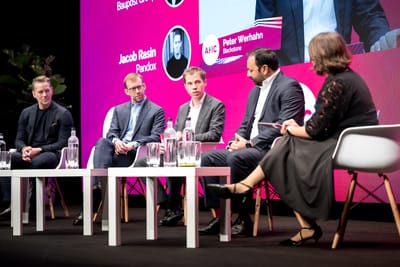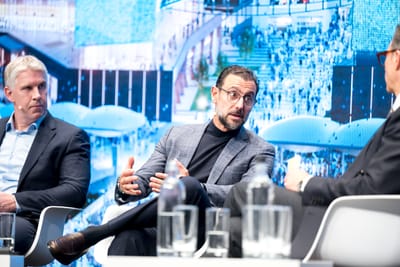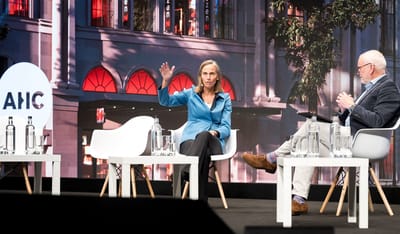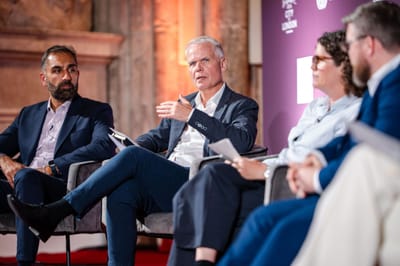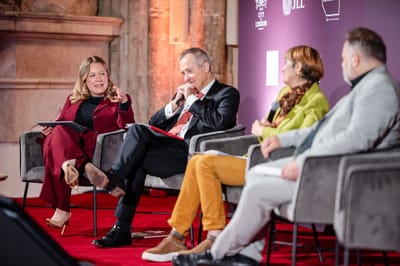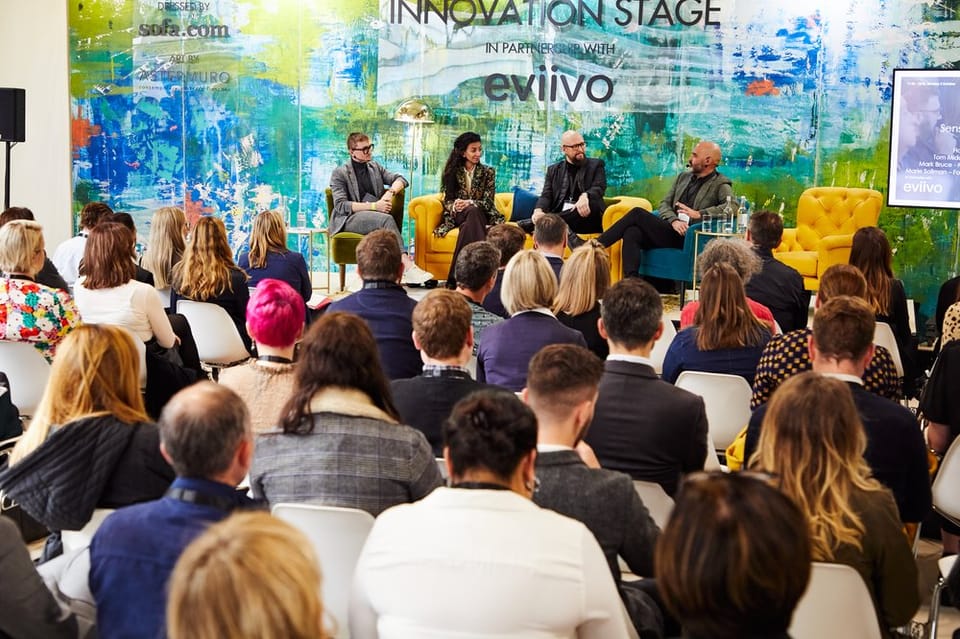
Olympia London, 4–5 October 2022—The Innovation Stage curtain rose on The Inclusive Hotel Room, a fully built bedroom by Cocoon & Bauer that drew a standing crowd before the first keynote even finished. Lead designer Peter Turner guided visitors through the space, dimming the lights to a warm 2700 K to demonstrate circadian presets, then switching to a crisp 4000 K “focus” mode for work hours. He called attention to colour-blocked LVT flooring that shifts from charcoal to pastel green as guests move from sleeping zone to bathroom:
“Small, barely noticeable touches can make a huge difference to how someone with ADHD, dyspraxia or autism experiences a space” - Peter Turner
What impressed operators wasn’t the empathy alone—it was the numbers. In a pilot across six rooms at an independent hotel in Yorkshire, the design cut late-night room-move requests by 28 percent and reduced average housekeeping time by four minutes because guests placed towels into colour-coded hampers instead of calling reception. When pressed on cost, Turner revealed the 18 m² prototype carried a £9,600 incremental fit-out premium—almost identical to a mattress upgrade, but with a measurable RevPAR effect.
Event manager Glenn Wallace connected the dots: “Catering for neuro-diversity is wider than disability; it taps rising demand for wellness-led interiors,” he argued, noting that Google Trends searches for “sensory hotel” had quadrupled since 2019. He urged hoteliers to claim the SEO opportunity while OTAs still list accessible features under “other amenities.”
The design conversation spilled into the afternoon session To Connect or to Disconnect? moderated by interiors journalist Alys Bryan. Holly Hallam championed frictionless tech—“If I can stream Netflix at home, your hotel has to do the same or I’ll dock you a star”—while Nicholas Hickson suggested pockets of intentional disconnection, citing a Milan property that charges £15 for a “phone sleeping bag.” Mustafa Afsaroglu reconciled both views: “Give the guest the choice. Dynamic pricing will tell you which experience is worth more.”
Back-of-envelope modelling, shared by Turner in the Q&A, showed a seven-year straight-line amortisation on a £10 k retrofit needs roughly £1.43 k annual NOI to clear debt service. A £7 ADR lift at 60 percent occupancy generates £1.53 k RevPAR, leaving upside before ancillary spend is counted.
Key learnings
- Prototype a single sensory room, collect 30 days of review data, then justify wider rollout with hard metrics.
- Fold inclusive upgrades into the next FF&E cycle; contractors can reuse scaffold and minimise downtime.
- Optimise SEO around “neuro-inclusive hotel” before OTAs create a dedicated filter and competition spikes.
- Phase elements: start with low-VOC finishes and colour-wayfinding (sub-£2 k), add dynamic lighting and acoustic panels once ROI is proven.
- Inclusive design is a hedge—guest expectations and accessibility rules will only tighten; early adoption locks in ADR headroom before the field levels.
Become a subscriber receive the latest updates in your inbox.


